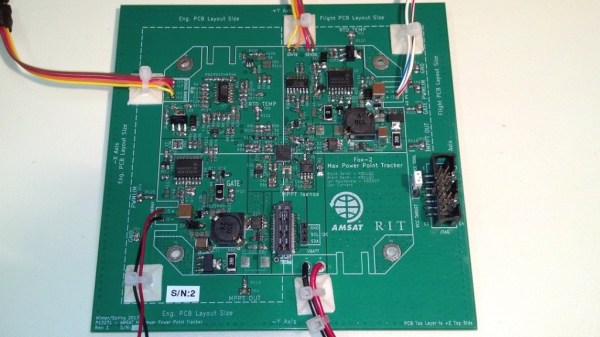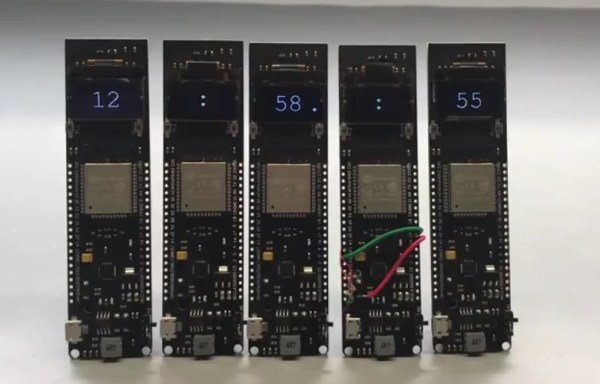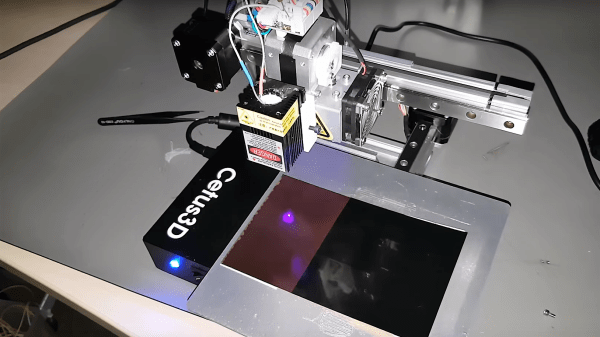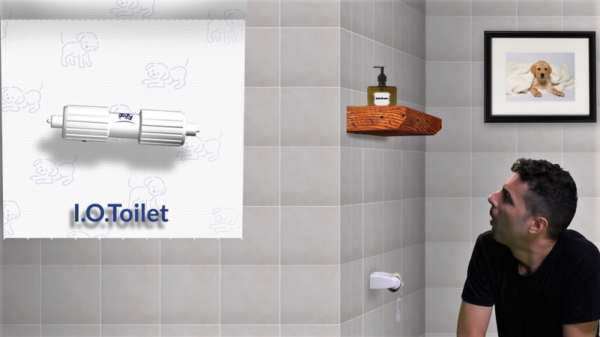We found it incredible that — apparently — no one has sailed an autonomous sailboat across the Atlantic successfully. Compared to an electric craft, sail-powered platforms ought to reduce having to carry batteries or other fuel and enable long-duration missions. The problem, of course, is the sailing conditions in the Atlantic.
The challenge is the focus of the Microtranssat challenge which started in 2010. You can think of the challenge as a race, but not in the conventional sense. Participants can launch their 8 foot (or less) craft any time between July and December, and it doesn’t matter which direction they go. They simply have to cross the Atlantic. If more than one boat makes it, the fastest is the winner.
The current leader is the SailBuoy. This Norwegian entry has made it halfway, but no further. However, it has sailed quite a distance in other places, so perhaps it will make it soon. You can see SailBuoy afloat in the video below.



















